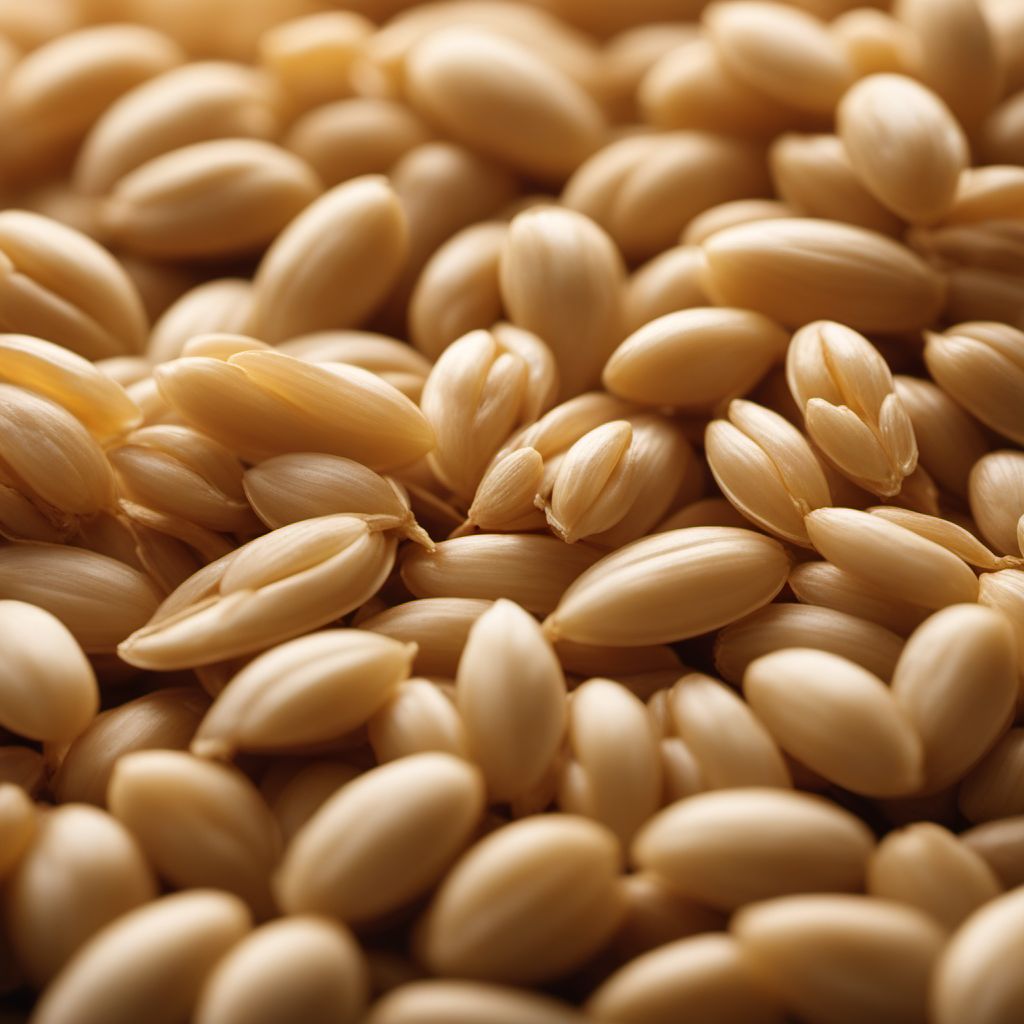
Ingredient
Barley groats
The Versatile Grain: Barley Groats
Barley groats are whole, minimally processed grains that have had only the tough outer hull removed. They have a chewy texture and a nutty, slightly sweet flavor. These groats are rich in fiber, vitamins, and minerals, making them a nutritious addition to any meal. They can be cooked and used in a variety of dishes, adding a hearty and wholesome element to your culinary creations.
Origins and history
Barley has a long history dating back to ancient times, with evidence of its cultivation in the Fertile Crescent around 10,000 years ago. It has been a staple food in many cultures, including ancient Egypt and Rome. Barley groats have been used in traditional dishes such as Scottish barley soup and Eastern European kasha. Today, barley is cultivated worldwide, with major producers including Russia, Canada, and the United States.
Nutritional information
Barley groats are a good source of dietary fiber, vitamins, and minerals. They are particularly rich in manganese, selenium, and phosphorus. Additionally, they provide a moderate amount of protein and are low in fat. A 1-cup serving of cooked barley groats contains approximately 200 calories.
Allergens
Barley groats may contain gluten, making them unsuitable for individuals with celiac disease or gluten intolerance. It is important to check for cross-contamination if you have severe gluten allergies.
How to select
When selecting barley groats, look for intact, plump grains with a shiny appearance. Avoid any packages with signs of moisture or insect damage. Opt for organic or locally sourced barley groats whenever possible to support sustainable farming practices.
Storage recommendations
To maintain the freshness and quality of barley groats, store them in an airtight container in a cool, dry place, away from direct sunlight. Properly stored, they can last for up to one year. Cooked barley groats should be stored in the refrigerator and consumed within 3-4 days.
How to produce
Barley groats can be grown in your own backyard or garden with relative ease. They require well-drained soil and full sun exposure. Sow the seeds in early spring and keep the soil consistently moist. Harvest the barley when the grains are fully mature and dry them thoroughly before storing.
Preparation tips
Barley groats can be cooked by simmering them in water or broth until tender, usually taking around 45-60 minutes. They can be used as a base for salads, added to soups and stews, or enjoyed as a side dish. Toasting the groats before cooking can enhance their nutty flavor. Additionally, barley groats can be ground into flour and used in baking recipes. Rinse the groats before cooking to remove any debris or dust.
Substitutions
Bulgur wheat, quinoa
Culinary uses
Barley groats are commonly used in soups, stews, pilafs, and salads. They add a hearty and chewy texture to dishes and pair well with vegetables, meats, and legumes. Barley groats are a key ingredient in traditional dishes like Scottish barley soup, Russian kasha, and Middle Eastern tabbouleh.
Availability
Barley groats are commonly available in North America, Europe, and parts of Asia. They are cultivated in countries such as Russia, Canada, the United States, and Germany.
More ingredients from this category

Bulgur
"The Nutrient-Rich Grain: Bulgur - A Staple in Middle Eastern Cuisine"

Rye groats
The Nutty Grain: Rye Groats
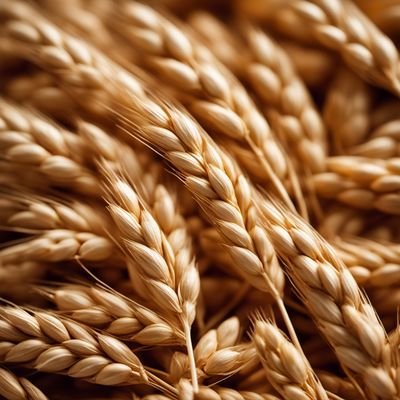
Wheat groats
Versatile Whole Grain
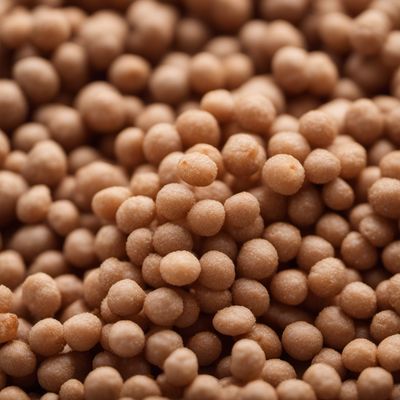
Buckwheat groats
The Nutritional Powerhouse: Buckwheat Groats

Millet groats
Millet Groats: A Nutritious Ancient Grain

Oat groats
The Wholesome Grain Powerhouse
Recipes using Barley groats » Browse all

Homemade Estonian Verivorst (Blood Sausage)
Savory Delight: Authentic Estonian Verivorst Recipe

Egyptian-style Pearl Barley Pilaf
Golden Grains of Egypt: Egyptian-style Pearl Barley Pilaf

Bosnian-style Roasted Lamb with Pearl Barley
Savor the Richness: Bosnian Roasted Lamb with Nutty Pearl Barley
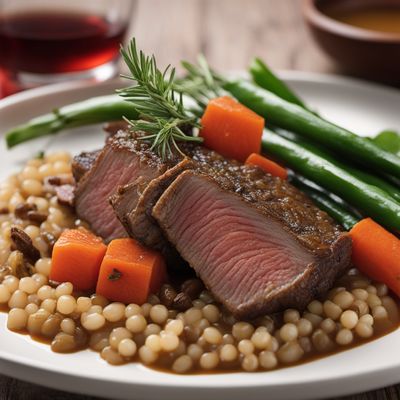
Danish-style Lamb with Pearl Barley
Nordic Lamb Delight

Creamy Mushroom Barley Soup
Slovenian Delight: Creamy Mushroom Barley Soup

Italian Barley Soup
Hearty Delights: Italian Barley Soup
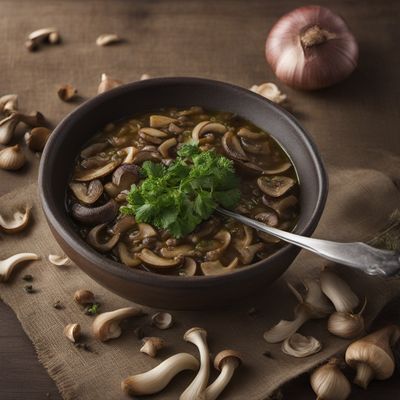
Hessian Mushroom Kuba
Savory Mushroom Delight: Hessian Kuba Recipe
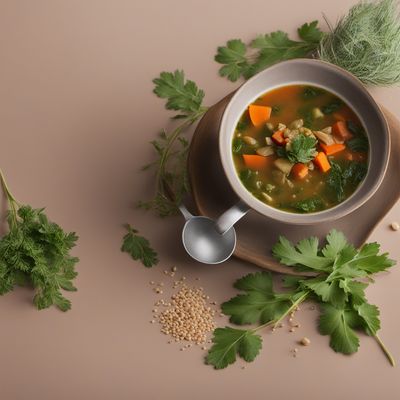
St. Kitts and Nevis Style Barley Soup
Caribbean Comfort: St. Kitts and Nevis Style Barley Soup

Estonian-style Blood Sausage (Verivorst)
Hearty Estonian Blood Sausage: A Savory Delight

Canarian-style Mixed Grain Rice (Ogokbap Adaptation)
Sabor de las Islas: Canarian Mixed Grain Rice with a Twist
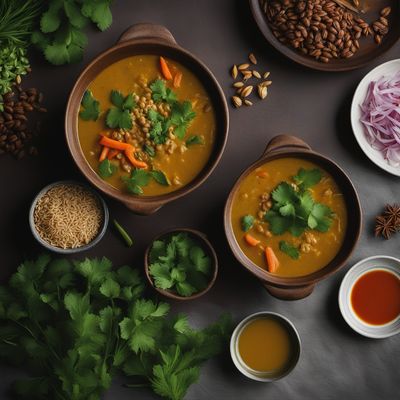
Malay-style Barley Stew
Spiced Barley Delight: A Malay Twist on a Croatian Classic

Traditional Greek Dakos Salad
Mediterranean Delight: Crispy Dakos Salad with a Greek Twist